Painting a Childhood Dream
A childhood dream came true when I finally made a painting with my favorite subject.
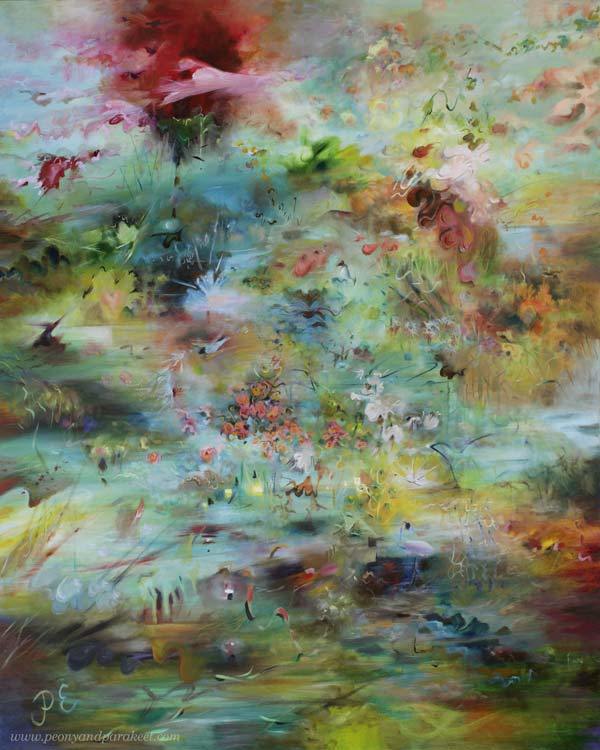
I’ve always wanted to paint mammalians, but reaching this point has taken a long time. The best must be protected before it comes out exactly as it is meant to be!
“Predators, Right?”
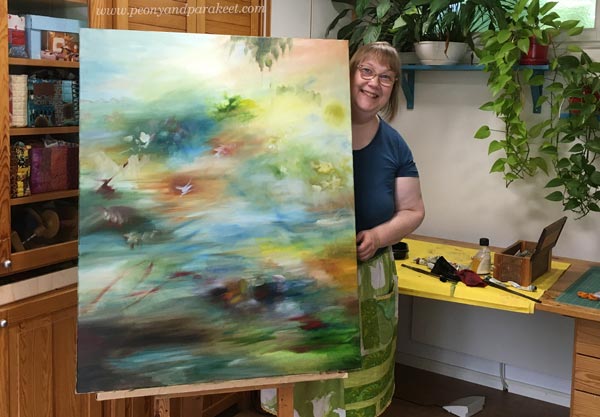
In July, I picked a brush, and said to myself: “Predators, right?”
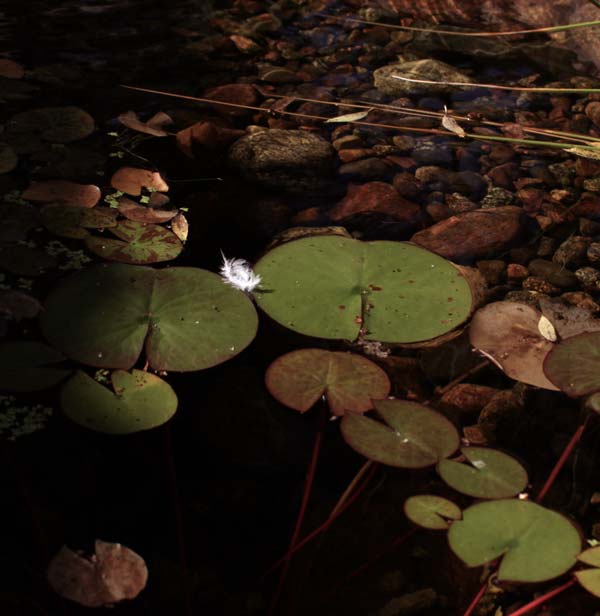
As a child, my friends talked mostly about horses, but I was a lion girl. I drew a lot of lions and antelopes: predators and prey. I had learned from nature books that the world works that way.

When I went to school, my parents bought a black and white television. Back then, my favorite profession was lion tamer. I wanted to be the new Joy Adamson!
“Paint What You Want!”
It is easy for a child to draw what she wants, but an adult is more critical.
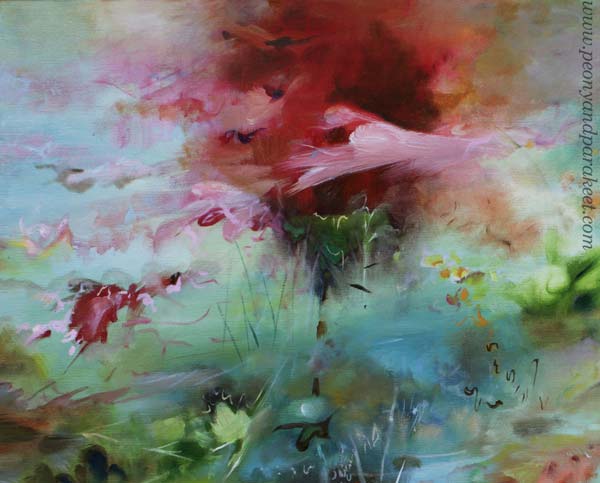
After seeing life and understanding all its complexity, prey and predator are no longer separate, but part of a whole.

And to get hold of the whole, we have to get in touch with our inner self and grow our skills.
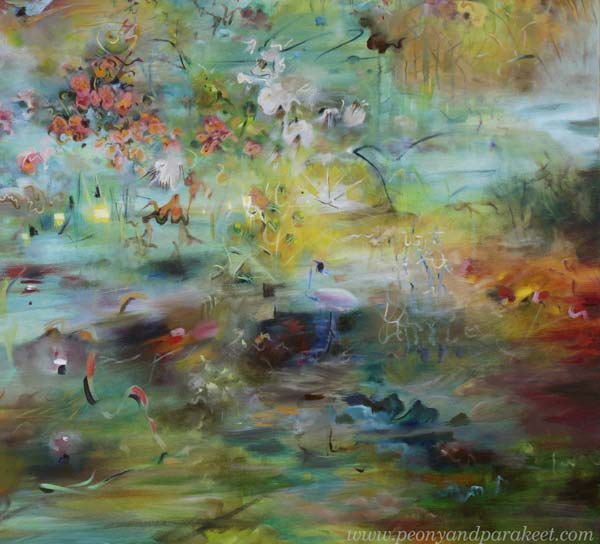
Art is like a meadow that grows seed by seed.

Love and sunshine are needed!
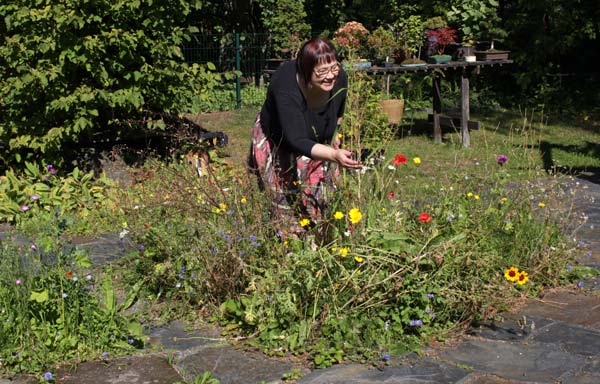
I try to speak softly to myself when I paint. Like it would be a child who paints, not an adult. I hope this friendliness also comes through in my classes!
Your Childhood Dream?
Painting big and detailed takes not only friendly self-talk but also patience. That’s why I like to practice with smaller drawings.
Big or small – we are on this journey together!
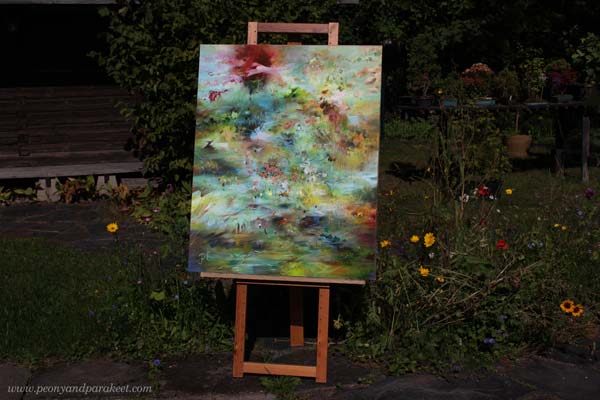
What was your childhood dream? What subjects did you draw as a child?
Four Art Mediums – Four Projects in Progress
Many Mediums – Many Versions of Style
I am not overly excited about the word “focus.” I have one artistic vision, but I don’t limit art mediums much. I think my style is evident in whatever I do. This year I have allowed myself to stretch even further than before, and embrace the challenges that different art mediums bring to me.
Cross Stitching – A Cat in Progress
Do you remember this cat from the course Magical Inkdom? In April, I asked what drawing should be my next cross-stitch design, and you voted for the cat.
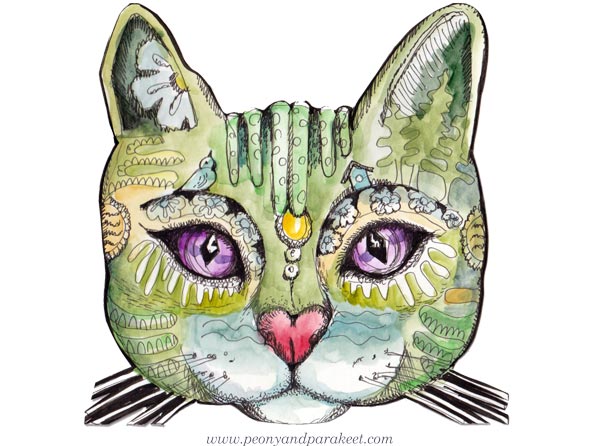
I have now made a design based on the drawing. To make sure that there are no errors in the chart, I have been stitching it myself first, going through every detail. The stitched piece is nearly finished as you can see in the picture!
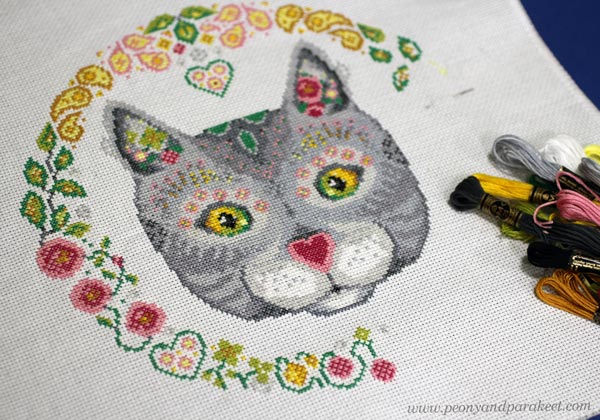
While stitching, I came up with the idea of including different colored versions of the cat to the final instructions. Maybe a black cat at least. What do you think?
I hope to get the chart for sale before December. This is a project I have been working on in the evenings.
Oil Painting – A Big Painting in Progress
My main medium – oils – were on a break for a few months so it was really nice to get a new painting started in July.

I work slowly from one layer to another, letting the painting dry between the sessions. Here’s where I am now.

In the photo above, I am wearing a patchwork skirt sewed from the fabrics that I designed many years ago. The motifs are based on my drawings and knits.
I have still quite a lot of work to do with the painting. I hope to get it finished in October.
Digital Art – A Virtual Artwork in Progress
Transferring my painting style to digital three-dimensional modelshas been a year-long project. Watch this video to see what I made last spring for the project. The project is now coming to an end in September. I still have some things to adjust and add, but most of the things have been done.
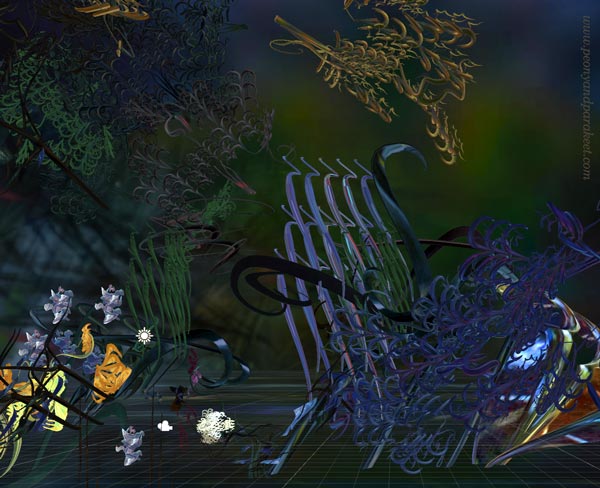
Sadly, the photos are nowhere near the overall experience that can be watched with VR glasses.
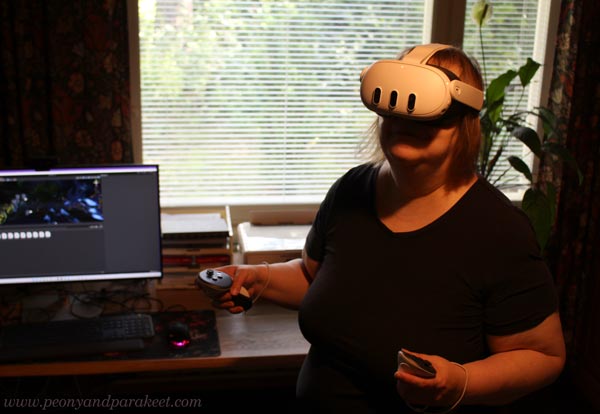
There’s a lot of movement. but also interaction: a user can move around, open a flower, create new objects etc.
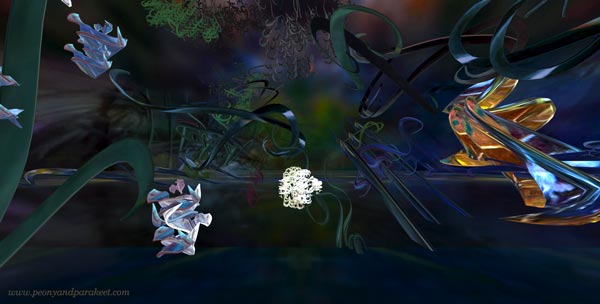
Still images are not the same as seeing everything in moving 3D, but at least you get a glimpse of the atmosphere. I will make a separate video in September where I will share more of this project.
Watercolor Pencils – A New Course in Progress!

I am super-excited to announce that a new course will begin in September 16, and the registration will open next week! The course is called Joyful Coloring, and it’s about using watercolor pencils for colorful happy art.

More about the course next week. I hope you will join!
Getting More into Drawing and Coloring
This week, I share a method that is helpful when you want to get more into drawing and find your style. It is called “topic-spirit-story-abstract.” With this method, art can open to you step by step!
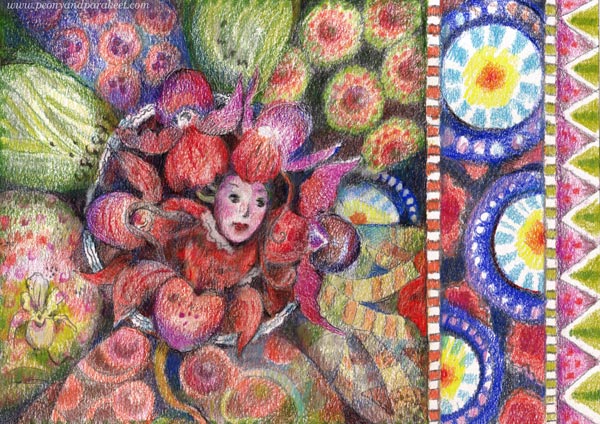
For me, everyday life experiences, illustrations, creative writing, and abstract art are all connected. If I take something away, the chain breaks and my expression stiffens. Most of my creative work follows this “topic-spirit-story-abstract” method. I don’t always have to draw a spirit, but recently I’ve spent time in such abstract dimensions when creating computer art that I have wanted to play with the spirits with colored pencils.
Start with Template!
When you want to practice the method, start by making a template! Divide the paper so that you have a part for the spirit and another part for more abstract coloring. You can just draw a line or be more creative and make a circle for the most figurative part, and several other divisions for more abstract ideas.
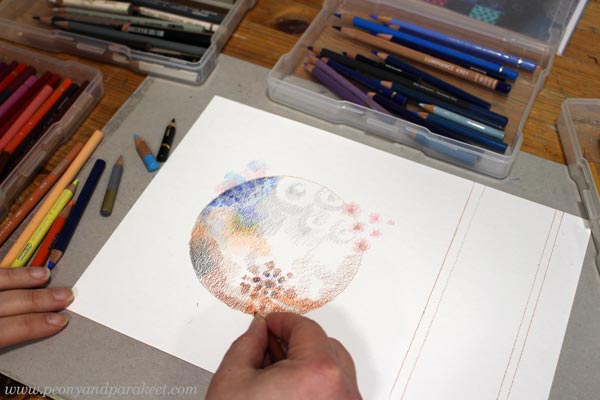
Do some intuitive coloring with a light touch as a warmup before proceeding.
Method: Topic-Spirit-Story-Abstract
After the warmup, find a simple topic that you want to explore.
Think about your recent experiences and find something small and concrete there.
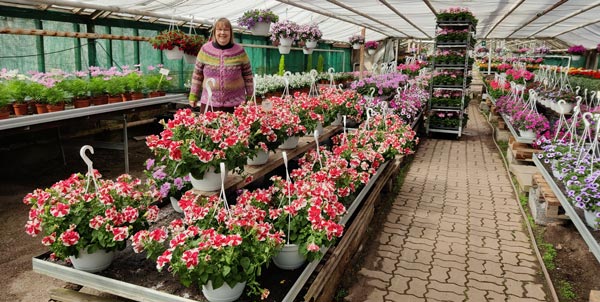
In the example, my topic was a recent visit to a garden center. My husband bought me a beautiful venus slipper orchid there.
Second, imagine a spirit that symbolizes the topic.
Use your imagination – anything contains a spirit!
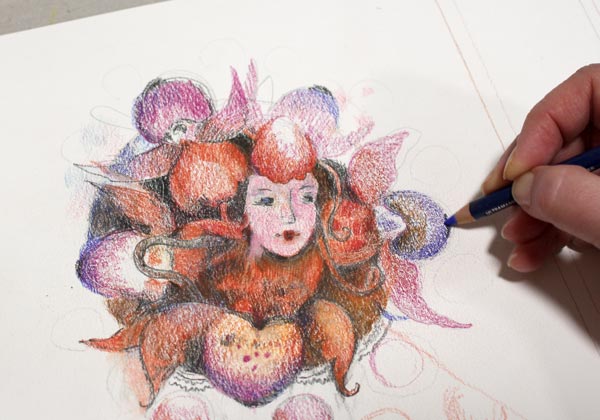
In the example, I was thinking about the venus slipper and how mysterious and exotic it looks for a Finn.
Third, let the spirit tell a larger story.
What other associations come to your mind when you think about the spirit? Think about literature, music, food, movies, places – what comes to your mind that enlarges the original topic. What is the world that the spirit can open?

In the example, I started thinking about the Queen of Hearts in Alice in Wonderland and Asian culture: sushi and rice bowls. I also had just browsed Kaffe Fassett‘s quilting books and thought about the richness that can be achieved with colors and simple shapes. I slowly enlarged the mixed yet curated world that I was able to reach through the spirit.
Fourth, explore more the abstract side of the discoveries through the story.
Play with the basic shapes and make decorative borders, ribbons, and patterns.

I find it easier to draw abstract motifs, ornaments, and patterns after finding the spirit than if I start from a blank paper.
Optional: Write the Story!
After making the image, I like to put stories to words. This helps me to get even more into drawing and makes my work as an artist more meaningful.
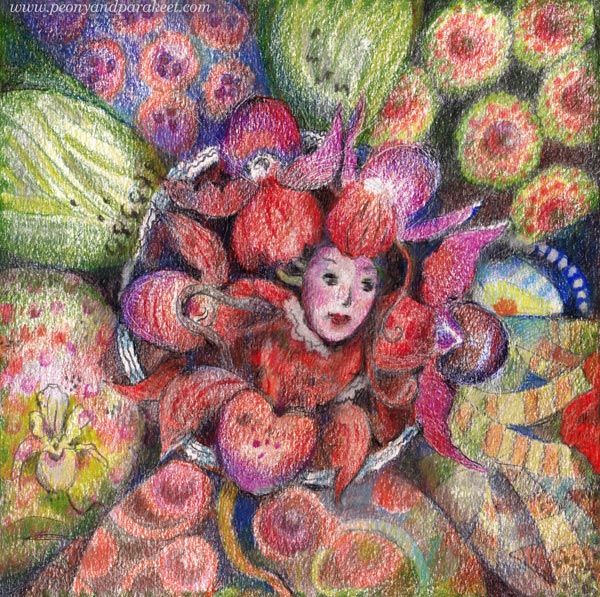
Art is like a venus slipper. It’s like a plant in the back corner of a garden center. Those who only look at traditional roses won’t even notice it. But whoever dares to bend over the shy plant and curiously fit her mind to the shoe, becomes a master in a game where basic shapes break everything and then build a new whole. This way, the beauty of art is limitless, and not only on the surface.
Here’s another example that I made last week. Here, the center is reserved for the quote from the story, and the spirit and the motifs are in the frame.

Art is a spirit in a pencil. A single pencil is nothing. It doesn’t cost much, takes up very little space, and you don’t even notice it if it’s at the bottom of your bag. But still, a pencil can connect us to art. When I was a child, I played with pencils while my big sister was coloring. Every pencil had a personality and while I was watching my sister draw, my herbs grow, and my teddy bear rest, I had no idea that those little moments would dictate my future. Art back then was only a spirit in a pencil. When art is a spirit in a pencil, we say yes to a journey that takes us closer to who we are. We say yes to expression that has no limits. This freedom is why I want to support creating.
Getting More Into Drawing Frames and Borders
Decorative art is a bridge between illustration and abstract expression.
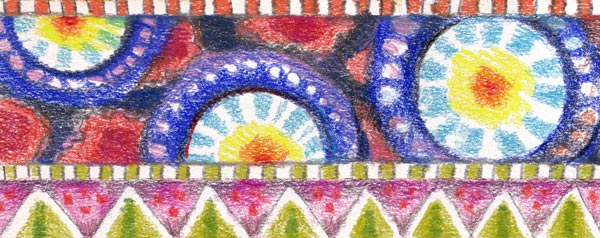
Reality consists of both organic and geometric shapes. The question is: how can you bring both of these worlds into your art and use them in a creative way?

I hope you find all this inspiring and helpful to get more into drawing and coloring.
5 Tips for Quick Abstract Flowers
This week, we paint quick abstract flowers freely without any references.
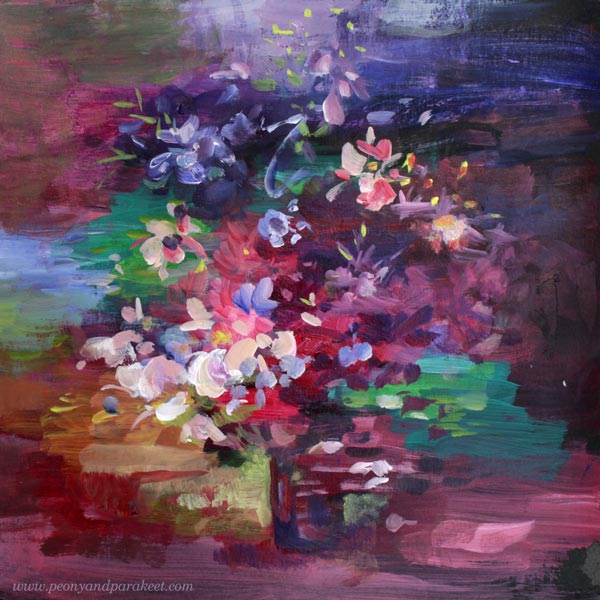
I have a black Dylusions Creative Journal and make small paintings there occasionally. It is especially good when there’s still paint left on the palette at the end of the painting session. I think it makes sense to use all the paint, and not throw the leftovers in the trash.
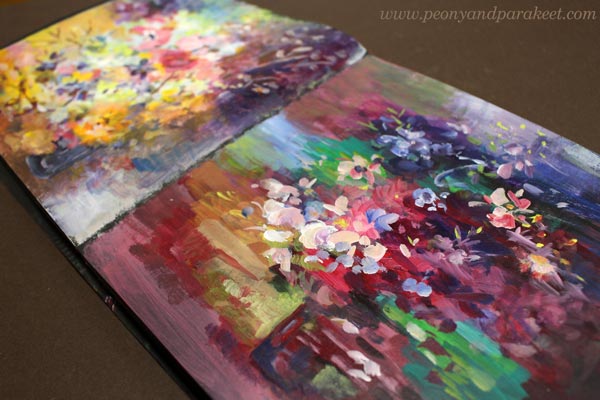
I don’t use any gesso but paint directly on the page.
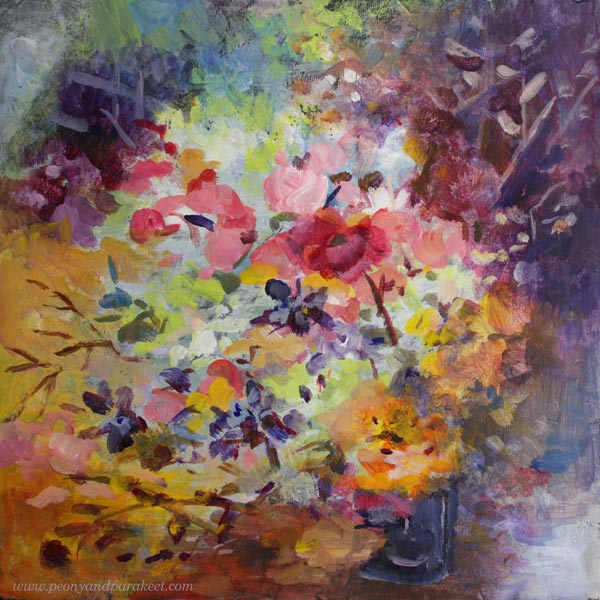
When I painted pieces for the course Liberated Artist Revisited, I noticed that there had been a long break in acrylic painting and some of the tubes had started to harden.
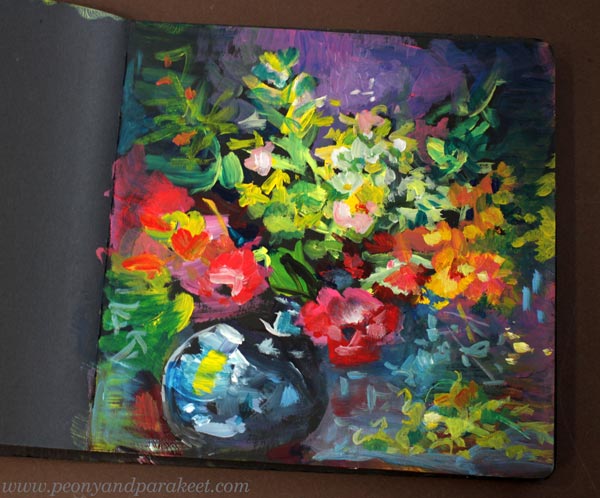
It motivates me to paint in the black art journal again because I don’t want those paints to go to waste. And sometimes it’s nice to paint something small quickly and see what comes out most effortlessly.
Quick Abstract Flowers – Five Tips!
I like painting abstract flowers, and thick paints are very suitable for abstract flower paintings. Here are my five tips for painting flowers quickly.
1) Start from the Old Mess
The fastest way is to start from an old painting.
I have a lot of pages in my journal where I’ve hastily painted shapes with leftover paints.
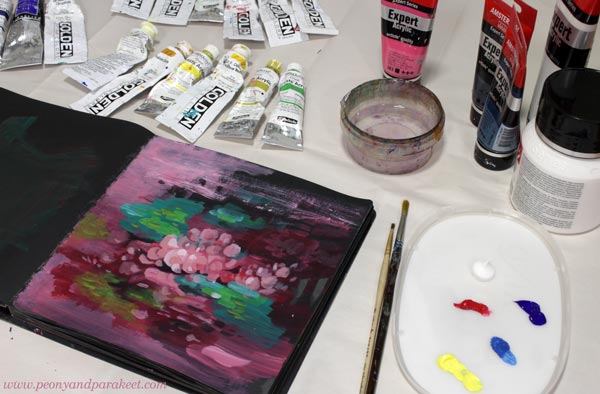
Continuing the beautiful mess feels much more effortless than starting a new one from the beginning.
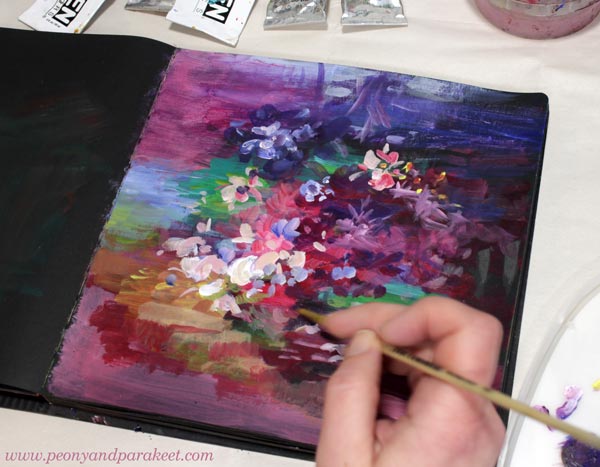
For example, here’s one page that still waits its turn to become a finished painting.
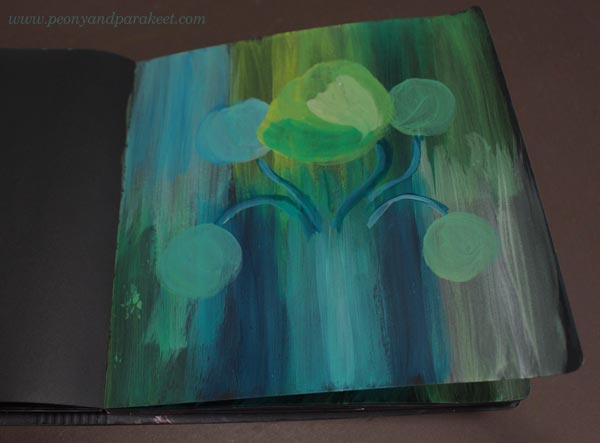
Most of my beginning messes are much more messy though!
2) Dark-Bright-Light
Include all three degrees of darkness in one painting.
Make color mixes and compare them in terms of darkness. By including all three – dark, bright, and light – you can achieve depth and atmosphere.
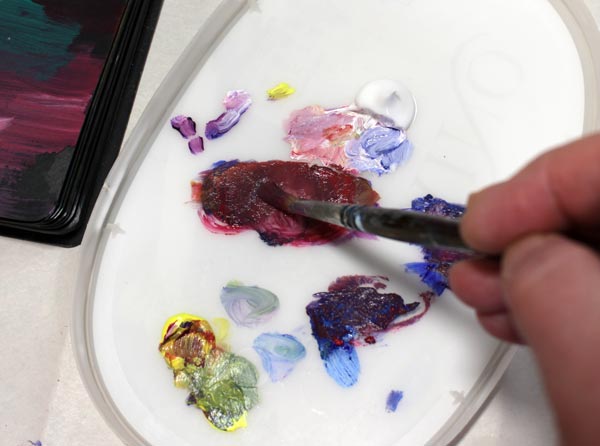
Make clear larger areas so that you can point to different places in the background and say, there is dark, there is bright, and there is light.
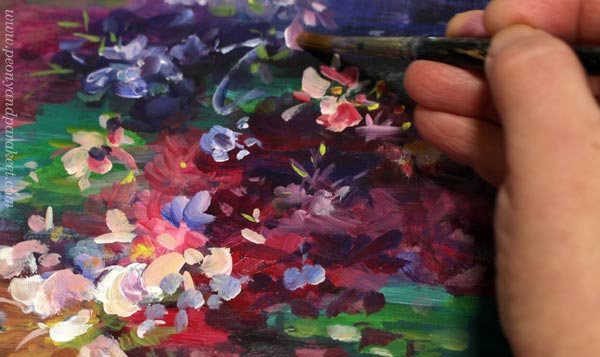
Flowers can have all three – dark, bright, and light colors.
3) Forget the Real Flowers!
Don’t think too much about the real flowers.
Don’t think about what a rose looks like or what flowers you want in your painting. All that stiffens your expression.
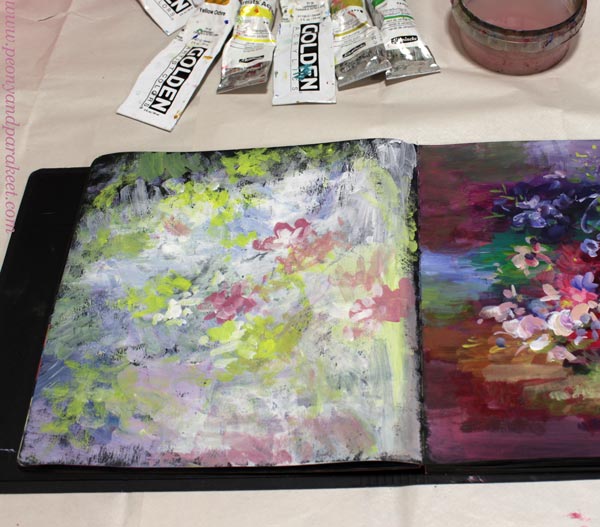
Focus on the colors and let the flowers form from the brushstrokes.
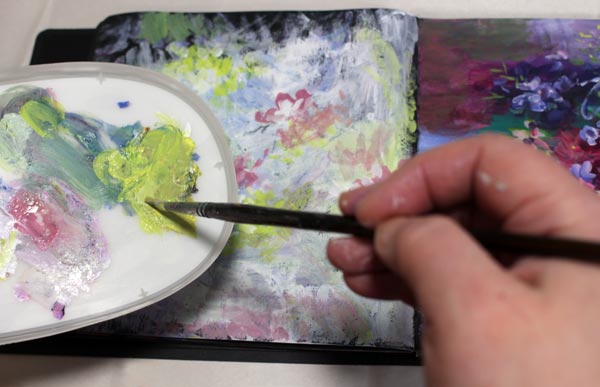
After all, a flower is just a few colorful strokes and a line for the stem.
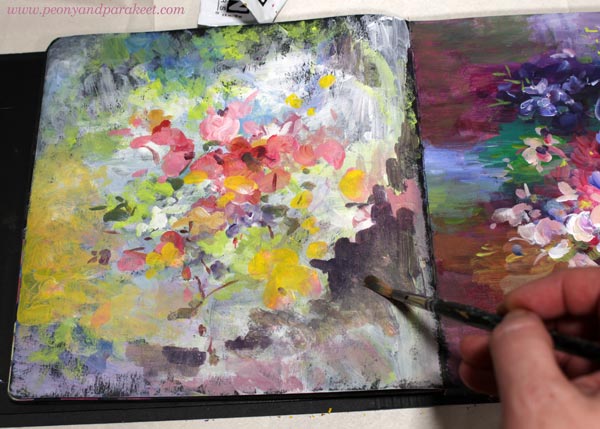
Use your imagination when you look at your work in progress!
4) Leave Room for Spirit
Not everything needs to be defined or look like a flower.
Flowers are concrete matter, so let the colors express the spirit!
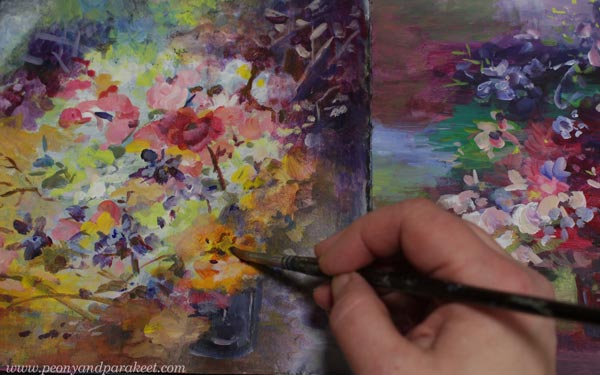
If you want to be extra quick, sharpen just one flower near the center and leave the others more abstract and vague.
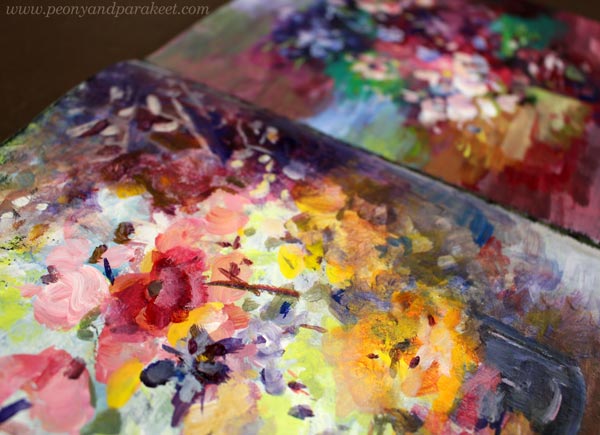
5) No Forced Feelings
Open yourself up to an emotional experience.
The speed of the painting depends highly on how soon you get an emotional connection with yourself and what you are doing. Let even the darkest thoughts come. For creativity, everything genuine is equally good.
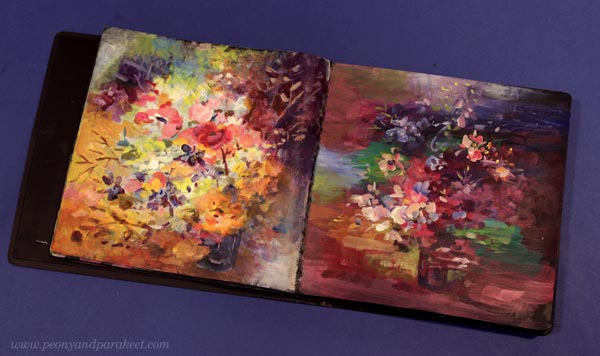
The beauty of making art is that imagination creates abundance and eternal life from almost nothing – from the leftover paint and leftover energy. And the more often you create, the more you get out of it!
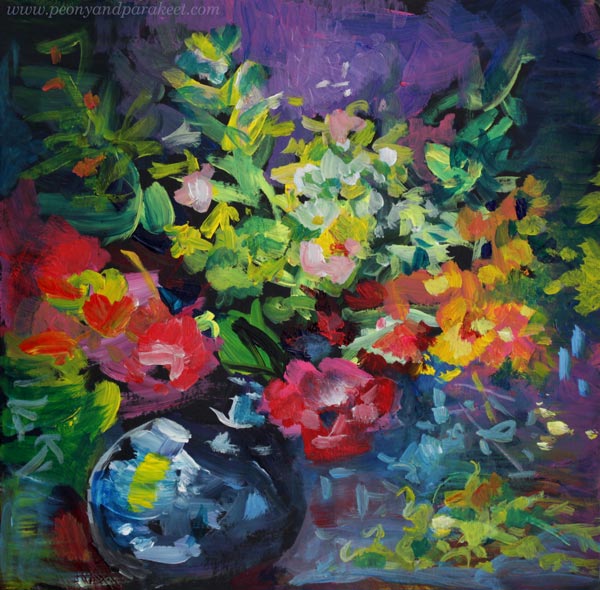
Liberated Artist Revisited – Buy Now!
In Liberated Artist Revisited, we time-travel to meet the teacher – Paivi from 2015, and create new art with her.

This course is both for the left and right brain. The young Paivi gives systematic instructions while the older Paivi enjoys her freedom and ponders about art-making and life in general.
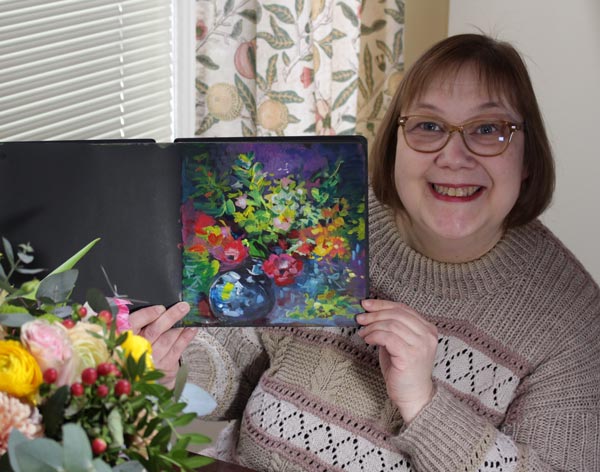
Liberated Artist Revisited is a limited edition – only available for purchase until the end of March 2024! >> Buy Now!